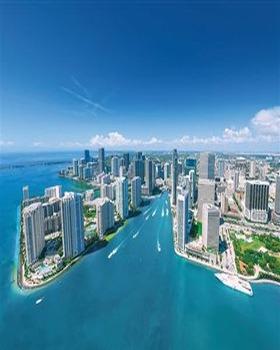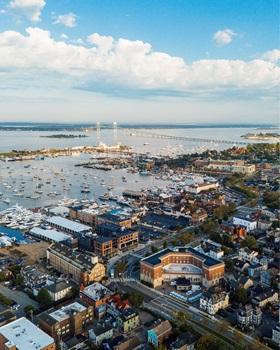Host Corporate Events & Meetings in New York
New York is a powerhouse for meetings and conferences, offering expansive convention facilities, a vast inventory of meeting-ready hotels, and iconic cultural institutions that accommodate programs of every scale. Multiple airports, extensive public transit, and dense neighborhood clusters streamline arrivals and on-the-ground movement. Planners can design multi-track agendas with divisible ballrooms, high-capacity plenaries, and flexible breakout suites.
Many properties feature integrated AV, hybrid-ready bandwidth, and experienced production teams to support complex staging, exhibitions, and VIP programs. To better understand the hospitality and event landscape in New york, here’s a quick overview of key hotel and convention statistics that highlight the city's capacity and scale.

Highlights of New York

1. The World Meets in New York City

2. Sourcing Venues Only?

3. The Perfect Fit For Meetings In New York City

1. The World Meets in New York City

2. Sourcing Venues Only?

3. The Perfect Fit For Meetings In New York City
Popular Destinations
Popular Convention Centers
Spanning six city blocks, the Javits Center, with its four levels of exhibit halls, meeting rooms and terrace suites and offices, ranks as one of the United States' busiest convention centers. The center contains 840,000 square feet of exhibit space, a portion of which can be divided to create up to nine individual halls, accommodating anywhere from 150 to 3,000 guests. The center also has 160,000 square feet of meeting space and 102 total meeting rooms. For banquets and receptions, the 45,000-square-foot River Pavilion features stunning views of the Hudson River and the city skyline. Public areas offer an additional 65,000 square feet of space.
The Javits Center's spacious facilities are complemented by a wealth of amenities. Though the center's onsite catering can provide as many as 10,000 meals simultaneously, guests can also grab a bite at delis, salad specialists and many other vendors at the food courts on Levels 1 and 3, or grab a sandwich, quiche and coffee on the North Concourse. The Javits Center offers free wireless Internet access up to 256K of bandwidth, optimized for business use. Other amenities include two Chase ATM machines, Starbucks coffee, a FedEx Office and an American Express OPEN® Business Lounge. Six drive-in ramps and 50 covered loading docks are also available for incoming events.
The Javits Center's impressive space and amenities draw roughly 2 million visitors each year. Notable events held at the center include Retail's Big Show (NRF), International Vision Expo & Conference and ICSC New York National Conference.
Spanning six city blocks, the Javits Center, with its four levels of exhibit halls, meeting rooms and terrace suites and offices, ranks as one of the United States' busiest convention centers. The center contains 840,000 square feet of exhibit space, a portion of which can be divided to create up to nine individual halls, accommodating anywhere from 150 to 3,000 guests. The center also has 160,000 square feet of meeting space and 102 total meeting rooms. For banquets and receptions, the 45,000-square-foot River Pavilion features stunning views of the Hudson River and the city skyline. Public areas offer an additional 65,000 square feet of space.
The Javits Center's spacious facilities are complemented by a wealth of amenities. Though the center's onsite catering can provide as many as 10,000 meals simultaneously, guests can also grab a bite at delis, salad specialists and many other vendors at the food courts on Levels 1 and 3, or grab a sandwich, quiche and coffee on the North Concourse. The Javits Center offers free wireless Internet access up to 256K of bandwidth, optimized for business use. Other amenities include two Chase ATM machines, Starbucks coffee, a FedEx Office and an American Express OPEN® Business Lounge. Six drive-in ramps and 50 covered loading docks are also available for incoming events.
The Javits Center's impressive space and amenities draw roughly 2 million visitors each year. Notable events held at the center include Retail's Big Show (NRF), International Vision Expo & Conference and ICSC New York National Conference.




